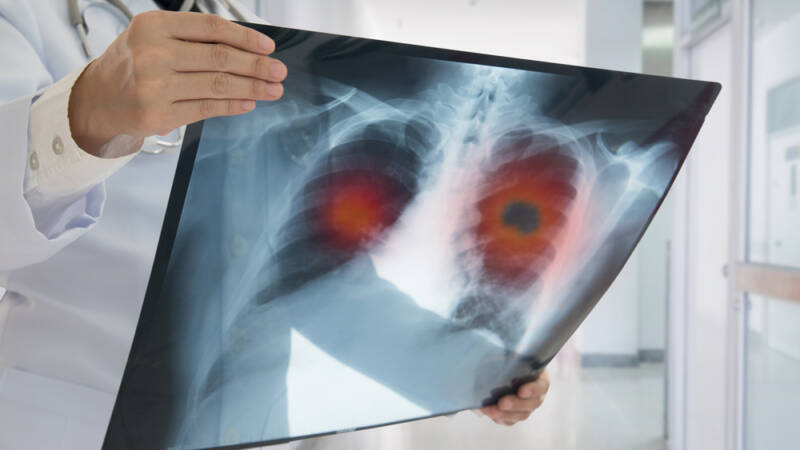Everything You Need to Know About Lung Cancer

Lung cancer is responsible for nearly 25 percent of all cancer-related deaths in the U.S., making it the deadliest form of cancer for both men and women. The American Cancer Society has predicted approximately 228,820 new lung cancer cases in the year 2020, resulting in around 135,720 deaths. While lung cancer is far more prevalent among older adults, it can affect people of any age. For this reason, it is important to understand lung cancer’s risk factors, early signs and symptoms, and treatment options.
What is Lung Cancer?
Lung cancer occurs when cells in the tissue of the lungs mutate and begin to reproduce at a rapid rate. These abnormal cells can form malignant growths known as tumors, which when left untreated, can result in serious respiratory problems and death. In some cases, lung cancer can metastasize in other areas of the body, such as the lymph nodes or brain. Catching lung cancer in the early stages reduces the risk that it will spread to other organs and tissues.
Early Signs and Symptoms
The symptoms of lung cancer may include:Persistent coughing or wheezing
- Shortness of breath
- Chest pain
- Coughing up blood
- Extreme tiredness
- Unexplained weight loss
Types of Lung Cancer
While there are many types of lung cancer, they all fall into one of two main groups: non-small cell lung cancer and small cell lung cancer. In the latter group the cancerous cells appear small and round under a microscope while non-small cell cancer cells appear larger. In general, non-small cell lung cancers – the most common of which are large cell carcinoma, squamous cell, and adenocarcinoma – are less aggressive and more responsive to treatment than small cell cancers. Small cell cancer types also vary, depending on which genetic markers are expressed in the cancerous cells.
Known Causes and Risk Factors
Smoking is by far the biggest risk factor. The American Lung Association estimates that smoking contributes to between 80 and 90 percent of all lung cancer deaths. Figures indicate that women who smoke are 13 times more likely to develop lung cancer as compared to women who have never smoked and men who smoke are 23 times more likely to be affected.
Other risk factors include:
- Passive (or secondhand) smoking
- Exposure to arsenic, asbestos, chromium, nickel, beryllium, and other carcinogenic substances
- Exposure to high doses of radiation
- Exposure to air pollution
Additionally, the risk of developing smoking-related lung cancer is higher in smokers who use beta carotene supplements.
Treatment Options
Treatment for lung cancer depends on the type, how advanced it is, and whether it has spread to other organs and tissues. The four main treatment options are:
- Surgery – This is usually only an option for patients with non-small cell lung cancer.
- Radiotherapy – A common treatment for small cell cancer patients, which involves targeting the cancerous cells with high-energy beams of radiation.
- Chemotherapy – A medicinal treatment option for small cell cancer patients and non-small cell patients who are not eligible for surgery. Chemotherapy medicine kills cancerous cells.
- Targeted Therapy – A medicinal treatment which is designed to block cancer cell growth and metastases, preventing the disease from worsening.
Lung cancer is extremely deadly in large part because serious symptoms often do not develop until the cancer is fairly advanced, by which point treatment is less effective. For this reason, even minor symptoms should be discussed with a doctor immediately. If you have concerns or are showing any symptoms, please consult your doctor.